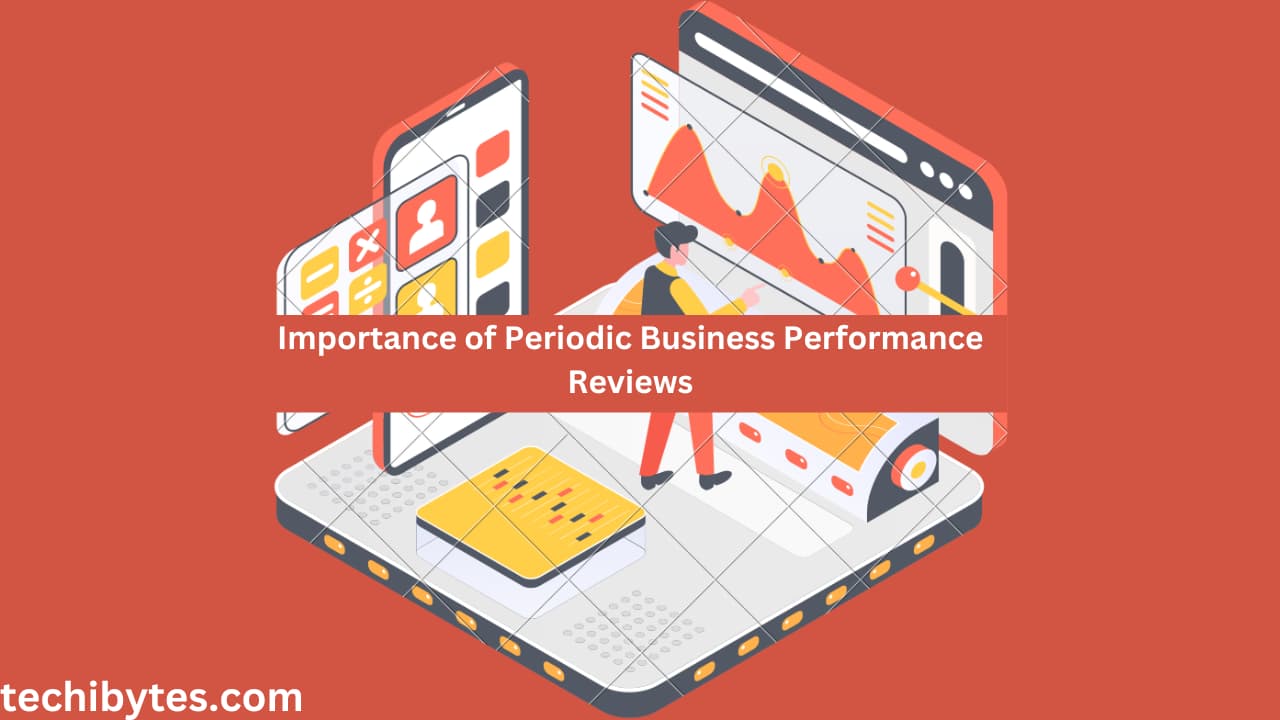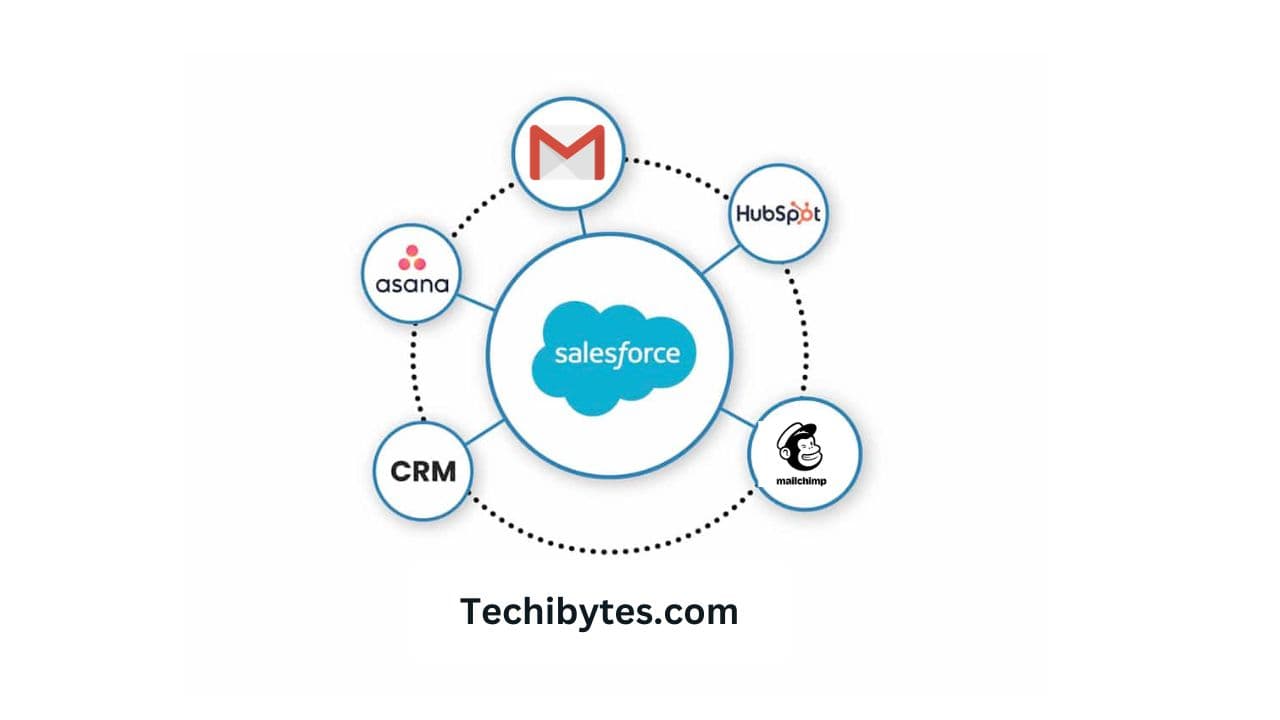As a business leader, conducting regular performance reviews is a critical component of running an effective organization. Quarterly business performance reviews (QBPRs) provide a structured approach for managers and stakeholders to analyze overall company and departmental progress, identify issues, and develop solutions to continuously improve. Implementing consistent business performance evaluations ensures teams are aligned, goals are met, and your business continues to move in the right direction.
Photo source: Pixabay
Table of Contents
The Value of Quarterly Performance Assessments
A QBR template offers an impactful way to step back and evaluate if company and employee objectives are being achieved on a frequent basis. Unlike annual reviews, quarterly check-ins allow for more timely course corrections, more up-to-date monitoring of progress to targets, and the flexibility to modify strategies amidst rapidly changing conditions. Rather than waiting 12 months to discover roadblocks, periodic reviews let issues surface sooner so leaders can make impactful decisions.
Reviewing Financials and KPIs
A well-developed QBR framework will incorporate analysis of financial statements and key performance indicators (KPIs). Evaluating budgets, expenses, revenues, profitability, and additional metrics versus plans gives management increased visibility into what’s working well and what requires attention at both the company and department levels. Identifying negative trends early allows for proactive measures before problems escalate further.
Assessing Milestones and Projected Timelines
Performance reviews also provide oversight of milestones for key initiatives and projects across the organization. By meeting quarterly to examine stage gates, product road maps, and progress made, managers can determine if launch targets will be met and completed on schedule. For projects falling behind, steps can be taken to add resources or shift goals before they substantially impact customers or the business.
Reviewing Workforce Productivity and Utilization
QBRs also include examination of employee workload, productivity, and utilization, which allows executives to assess department and individual contributions. Statistics like cases completed, inquiries resolved, development velocity, sales, qualified leads, and more should be examined to determine if staff levels are adequate. By regularly inspecting essential workforce metrics, personnel gaps driving process breakdowns or service issues can be addressed.
Promoting Employee Growth and Development
The QBR process extends beyond solely inspecting hard data targets—it also fosters employee growth. Performance dialogs should highlight individual accomplishments, contributions, collaborations, and praises. Additionally, discussions around personal development goals, desired skills training, and coaching opportunities give staff direction. Providing a forum to recognize excellence and map professional objectives leads to an engaged, skillful workforce.
1. Aligning on Company Priorities and Resourcing
Finally, routine performance evaluations serve to reconnect employees to overarching organizational goals and strategies that may evolve over time. Examining market conditions and emerging customer needs may require shifts in short and long-term direction. QBR meetings reaffirm revised priorities so that all stakeholders are aligned on where to allocate resources. Having consistency across departments and staff functions ensures the business can collaboratively work toward refreshed objectives.
Implementing quarterly business reviews delivers measurable value throughout an organization—from senior leaders down to individual contributors. Consistent performance dialogs foster accountability, transparency and ensure all critical aspects of operations are tracked and measured for continuous improvement.









